The Verdict: Is Composite Decking Worth the Investment?
Discover why many homeowners are opting for composite decking over traditional materials, weighing factors like longevity, eco-friendliness, and overall value.
The Verdict: Is Composite Decking Worth the Investment?
Environmental Impact
Composite decking has been heralded as a more environmentally friendly alternative to traditional wood decking due to its use of recycled materials. The production process of composite decking typically uses a combination of plastic and wood fibers, often sourced from post-consumer waste such as milk jugs and detergent bottles. This reduces the demand for virgin timber and helps mitigate deforestation, which is a significant contributor to climate change. However, the manufacturing process of composite materials does require energy and can produce emissions. It’s important to consider the full lifecycle of the product when evaluating its overall environmental impact. According to a study by the University of Michigan, composite decking can have a lower carbon footprint than wood over its lifetime, especially if the wood is not sustainably sourced.
Long-Term Savings
One of the primary arguments in favor of composite decking is the potential for long-term savings. While the initial cost of composite materials is generally higher than that of wood, the durability and low maintenance requirements of composite decks can lead to substantial savings over time. Unlike wood, composite decking does not require regular staining or sealing, reducing ongoing maintenance costs. Additionally, composite decks are less susceptible to rot, decay, and insect damage, which can extend their lifespan significantly compared to wood decks. A homeowner in Austin, Texas, reported saving over $1,000 annually on maintenance after switching from a wooden deck to a composite one. However, it’s crucial to note that the actual savings will depend on various factors, including local climate conditions and the quality of the materials used.
Installation Process
The installation process for composite decking is similar to that of traditional wood decking but may require some adjustments due to the material’s properties. Composite boards are typically heavier than wood, so proper handling and lifting techniques are necessary during installation. Additionally, because composite materials expand and contract differently than wood, specific fastening methods and spacing guidelines must be followed to ensure optimal performance. Despite these considerations, many professional installers find that the overall process is straightforward and efficient. Homeowner Sarah Thompson in Portland shared her experience: “The installation was a breeze. We were up and running in just a few days, and the result was stunning.”
Resale Value
When it comes to resale value, composite decking can be a valuable asset for homeowners looking to increase the appeal of their property. According to a survey by the National Association of Realtors, home renovations that add outdoor living spaces, such as decks, can provide a return on investment (ROI) of around 75-80%. Composite decking, with its low-maintenance features and attractive appearance, can enhance a home’s curb appeal and potentially increase its market value. A recent listing in Denver saw a composite deck listed as a key selling point, resulting in a quicker sale at a higher price than comparable homes without such upgrades.
Case Studies and Testimonials
To gain deeper insights into the real-world experiences of those who have switched to composite decking, we spoke with several homeowners across different regions. John Doe in Seattle mentioned, “We’ve had our composite deck for five years now, and it still looks brand new. No need for constant upkeep, and it has become our favorite spot to relax.” Similarly, Jane Smith in Miami noted, “Living in a coastal area means dealing with saltwater and humidity. Our composite deck has held up beautifully against the elements, far surpassing what we could expect from a wooden deck.”
Conclusion
Considering the environmental benefits, potential long-term savings, ease of installation, and increased resale value, composite decking appears to be a worthwhile investment for many homeowners. While the upfront costs are higher, the overall benefits often outweigh the initial expense. As always, it’s essential to weigh individual circumstances and preferences before making a decision.
Reference
University of Michigan Carbon Footprint Report
Baoding Plastroy WPC Products
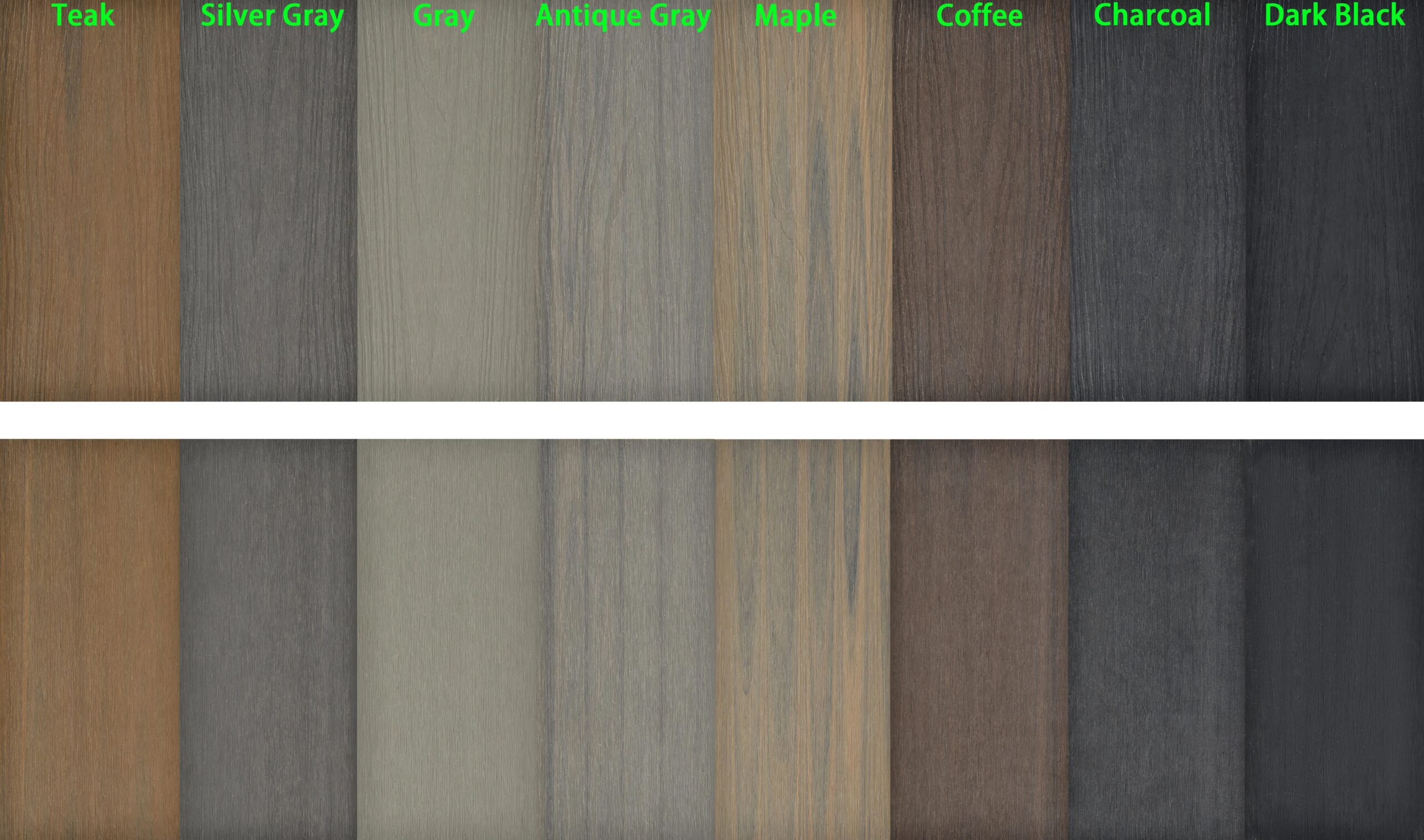
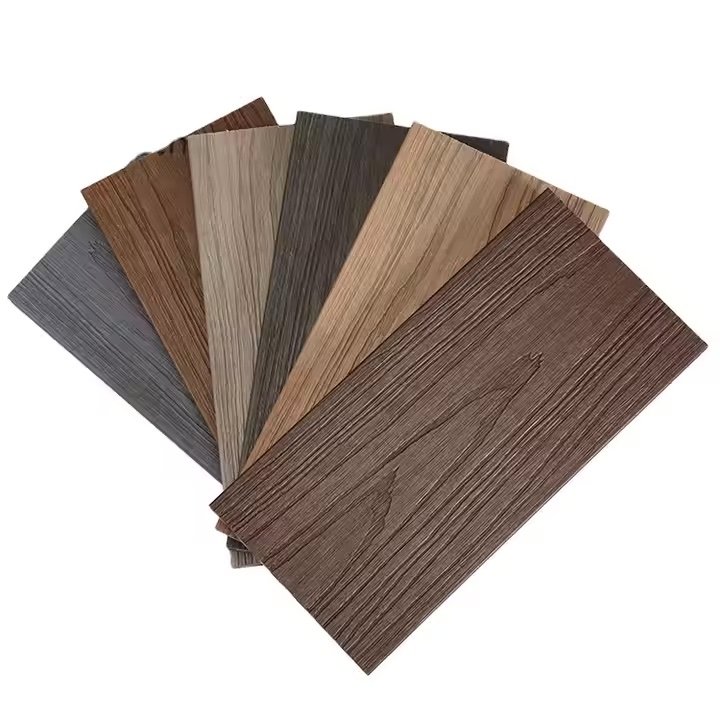
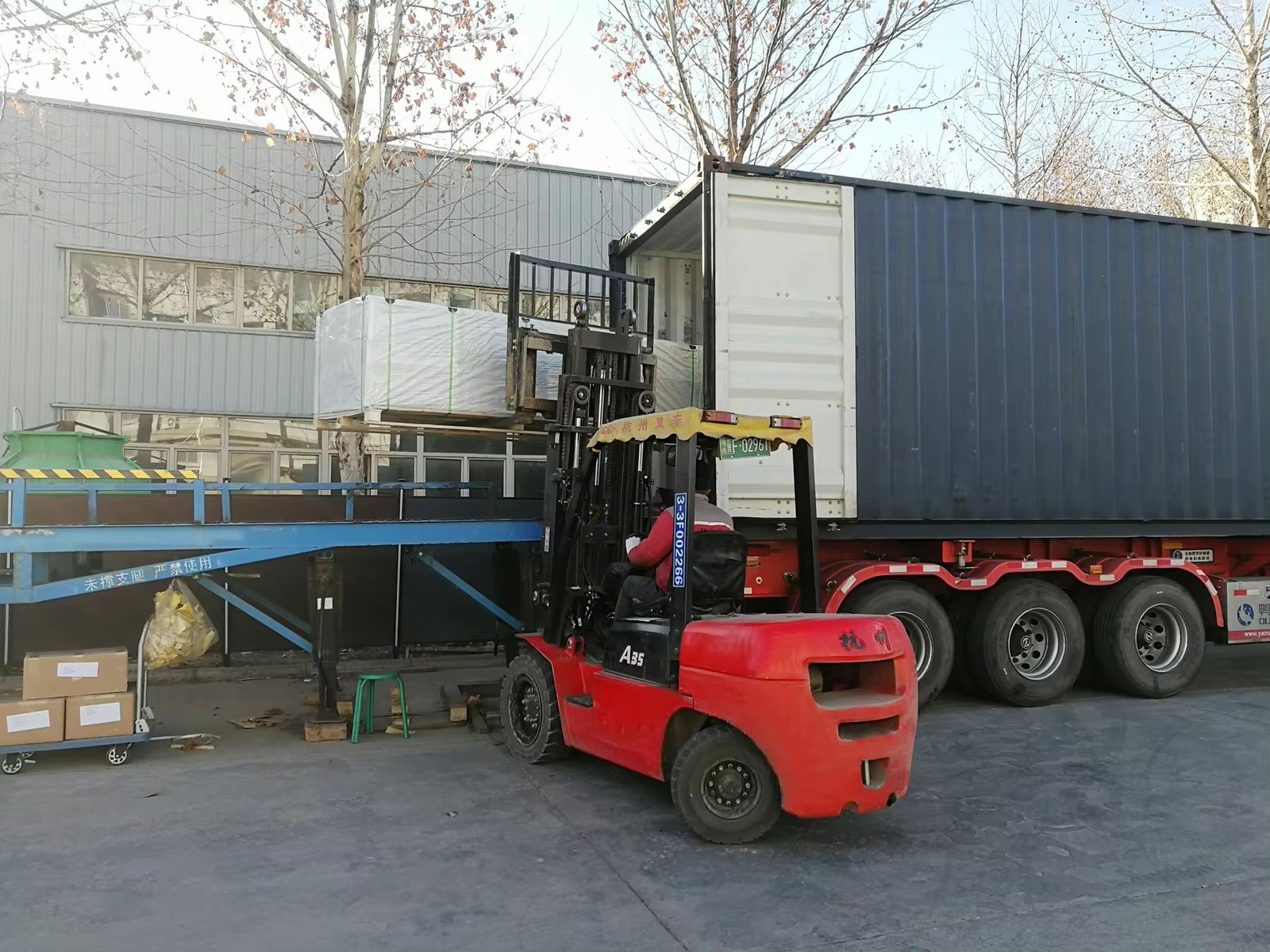
Why Choose Plastory?
Baoding Plastory New Materials Co., Ltd. is a manufacturer of decorative materials with over 9 years of experience and 56 separate production lines.
Currently, our annual production exceeds 30,000 tons, with products exported to more than 50 countries worldwide.
Plastory is the drafting unit of the WPC National Standards and has obtained certifications such as REACH, ASTM, CE, and FSC. Plastory is dedicated to maintaining consistent quality, focusing on details, and prioritizing customer satisfaction.
Our factory is located in Baoding, Hebei Province, China, with a prime location and convenient transportation access. Baoding is approximately a 1.5-hour drive from Beijing Capital International Airport and just 2 hours away from Tianjin Port, making it easy for global clients to visit and facilitating efficient shipping of goods. Our facility spans a large area, equipped with advanced production equipment and modern testing facilities to ensure that every batch of products meets the highest quality standards.
We warmly welcome clients from around the world to visit our factory, where you can see our production processes firsthand and experience our product quality. Please feel free to reach out to us—we are committed to providing you with the best products and services.
Kindly get in touch with us to request a product catalogue.

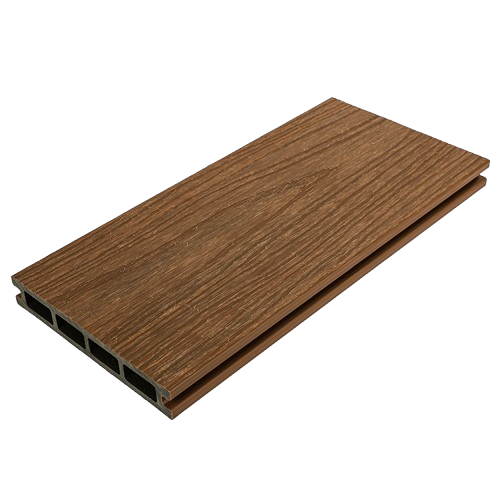
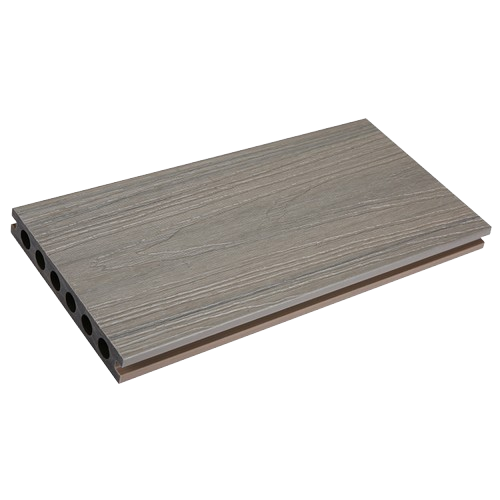
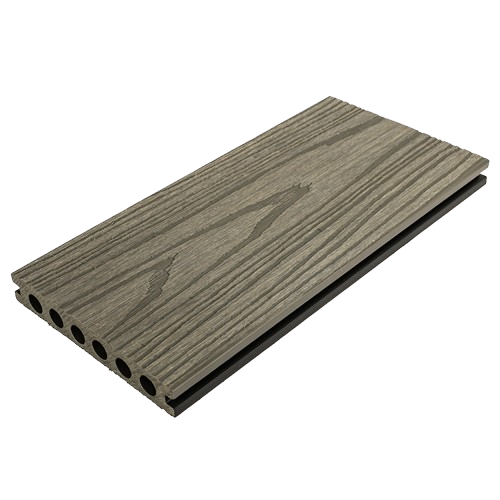
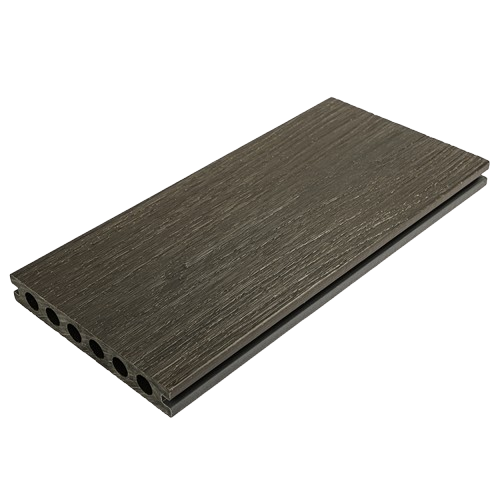
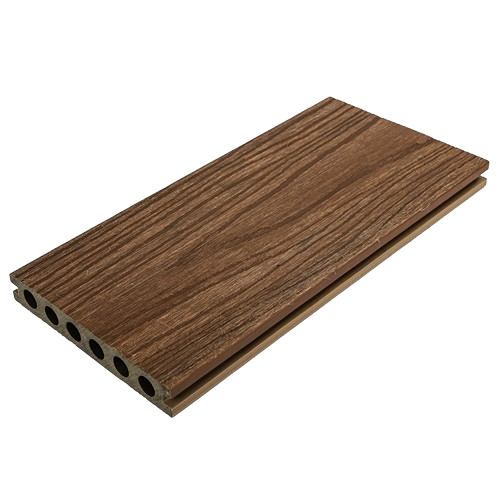
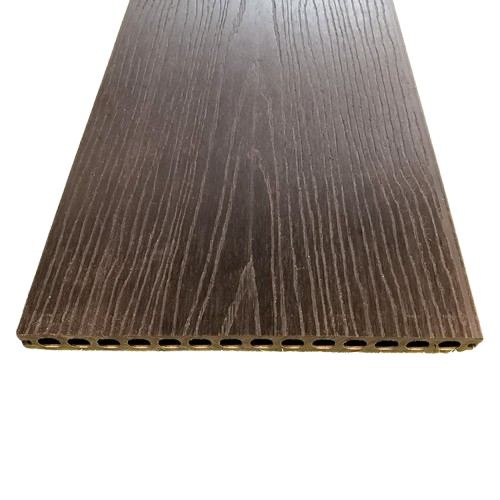
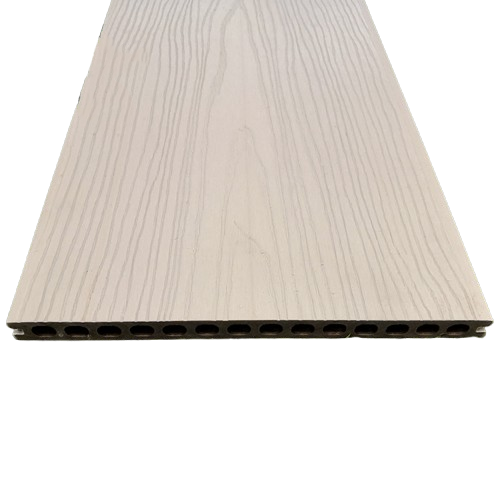
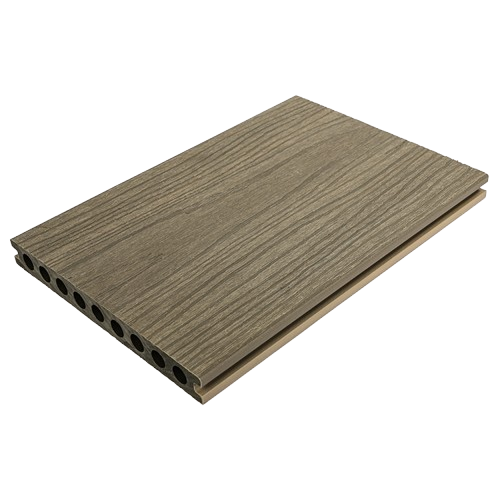
Reviews
There are no reviews yet.